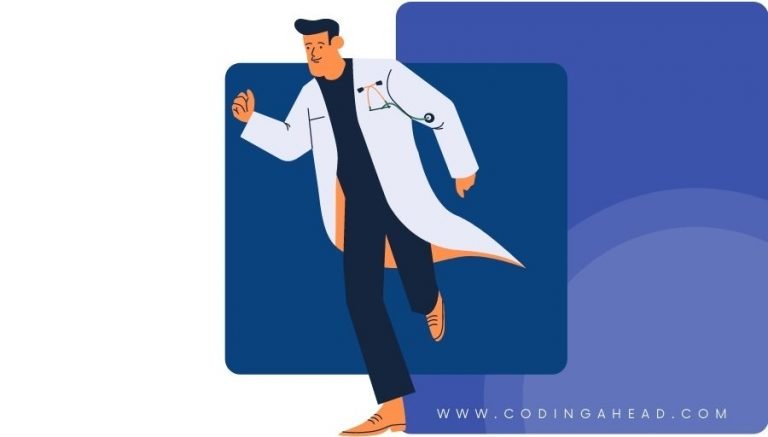How To Use CPT Code 00100
cpt 00100 describes the anesthesia services provided by a healthcare professional for procedures on the salivary glands, including biopsy. This article will cover the description, procedure, qualifying circumstances, appropriate usage, documentation requirements, billing guidelines, historical information, and examples of cpt 00100.
1. What is cpt 00100?
cpt 00100 can be used to describe the anesthesia services provided by a healthcare professional for procedures on the salivary glands, specifically including biopsy. This code is used when the anesthesia provider performs a preoperative evaluation, induces the patient, monitors the patient during the procedure, administers medications, and oversees the patient’s transfer to post-anesthesia care.
2. Official Description
The official description of cpt 00100 is: ‘Anesthesia for procedures on salivary glands, including biopsy.’
3. Procedure
The anesthesia provider begins by performing a preoperative evaluation of the patient. They then induce the patient and monitor them throughout the procedure on the salivary glands, including biopsy, which is performed by a different provider. The anesthesia provider administers any necessary medications and utilizes standard monitoring services such as ECG, temperature, blood pressure, oximetry, capnography, and mass spectrometry. After the procedure, the anesthesia provider oversees the patient’s transfer to post-anesthesia care.
4. Qualifying circumstances
Patients eligible to receive cpt 00100 services are those undergoing procedures on the salivary glands, specifically including biopsy. The anesthesia services are provided by a qualified anesthesia provider, such as an anesthesiologist, doctor of medicine or osteopathy, dentist, oral surgeon, podiatrist, certified registered nurse anesthetist (CRNA), or anesthesiologist assistant (AA). The anesthesia provider must perform a preoperative evaluation, induce the patient, monitor them during the procedure, and oversee their transfer to post-anesthesia care.
5. When to use cpt code 00100
cpt 00100 should be used when a healthcare professional provides anesthesia services for procedures on the salivary glands, including biopsy. It is important to ensure that the anesthesia provider performs a preoperative evaluation, induces the patient, monitors them during the procedure, and oversees their transfer to post-anesthesia care. This code should be used for each procedure performed on the salivary glands, including biopsy.
6. Documentation requirements
To support a claim for cpt 00100, the anesthesia provider must document the following information:
- Patient’s diagnosis and the need for anesthesia services
- Specific procedure performed on the salivary glands, including biopsy
- Date, start and stop times of anesthesia care
- Types and amounts of medications administered
- Monitoring services utilized, such as ECG, temperature, blood pressure, oximetry, capnography, and mass spectrometry
- Patient responses and any complications or adverse events
- Signature of the anesthesia provider
7. Billing guidelines
When billing for cpt 00100, ensure that the anesthesia services are provided by a qualified anesthesia provider and that the procedure is performed on the salivary glands, including biopsy. It is important to document the start and stop times of anesthesia care, as well as any medications administered and monitoring services utilized. cpt 00100 should not be reported with other anesthesia codes unless there are separate and distinct procedures performed. Additional tips for billing anesthesia services can be found in the official documentation.
8. Historical information
cpt 00100 was added to the Current Procedural Terminology system on January 1, 1990. There have been no updates to the code since its addition.
9. Examples
- An anesthesiologist providing anesthesia services for a patient undergoing a biopsy on the salivary glands.
- A certified registered nurse anesthetist (CRNA) administering anesthesia to a patient during a procedure on the salivary glands, including biopsy.
- A dentist providing anesthesia for a patient undergoing a biopsy on the salivary glands.
- An oral surgeon performing a procedure on the salivary glands, including biopsy, while an anesthesiologist administers anesthesia.
- A podiatrist performing a biopsy on the salivary glands with the assistance of an anesthesiologist providing anesthesia services.
- An anesthesiologist assistant (AA) monitoring a patient during a procedure on the salivary glands, including biopsy.
- A doctor of medicine or osteopathy administering anesthesia to a patient undergoing a biopsy on the salivary glands.
- An anesthesiologist overseeing the transfer of a patient to post-anesthesia care following a procedure on the salivary glands, including biopsy.
- A certified registered nurse anesthetist (CRNA) monitoring a patient’s vital signs during a biopsy on the salivary glands.


